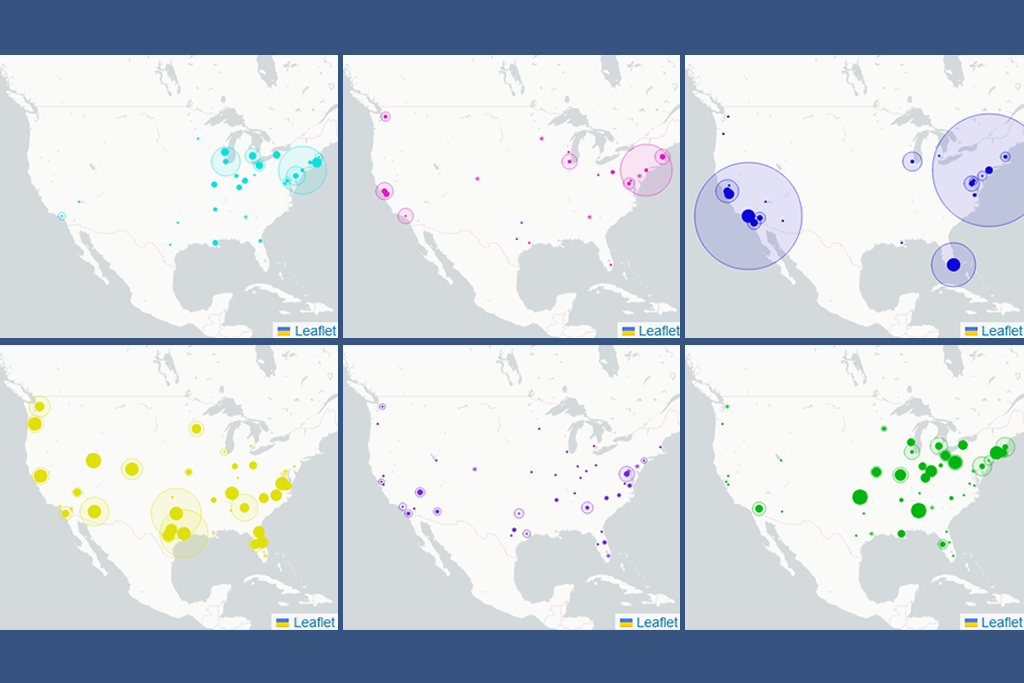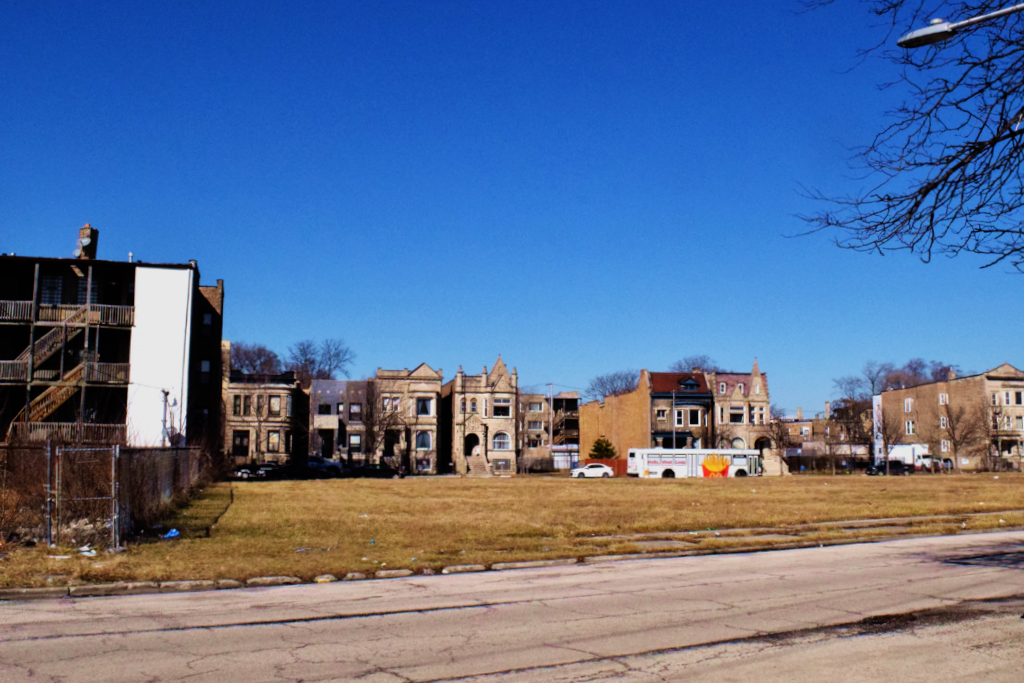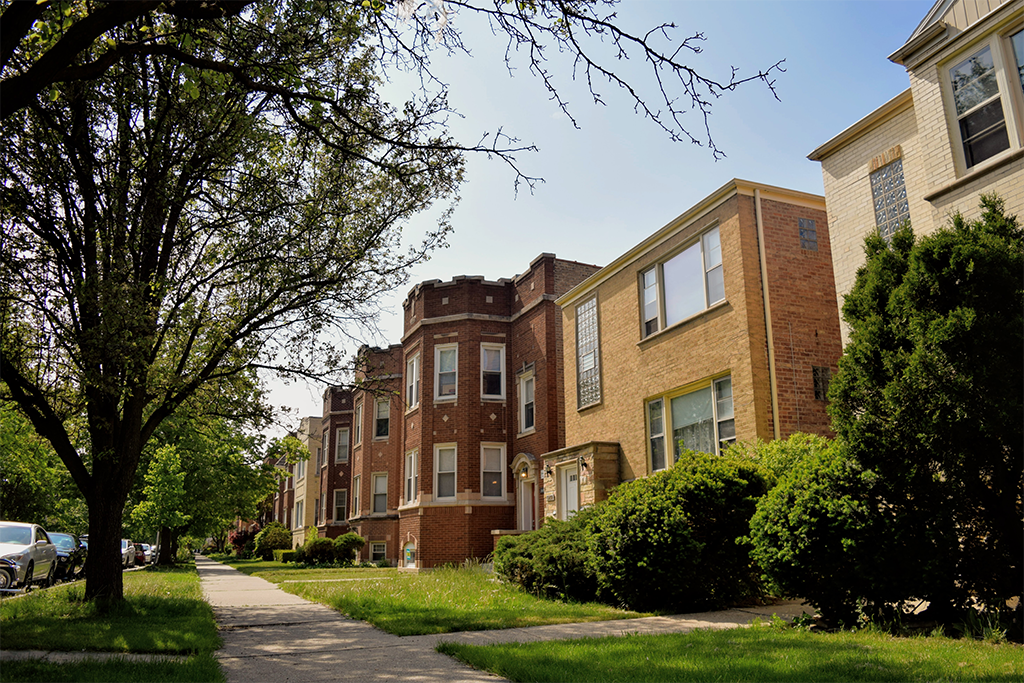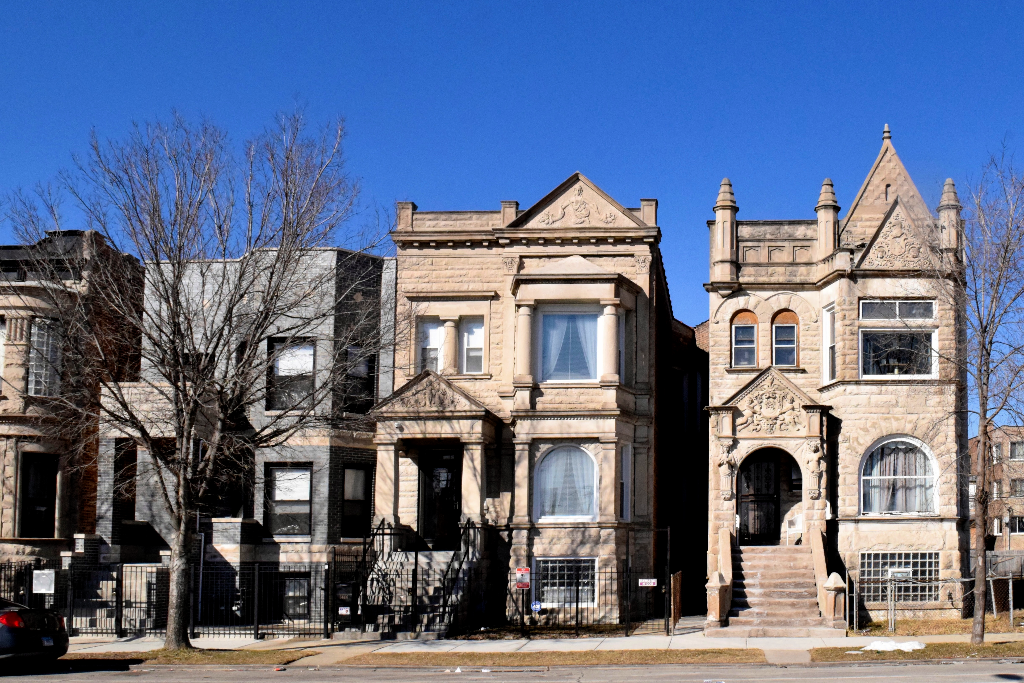As cities across the country seek to address rental housing affordability challenges, it has become increasingly clear that solutions to this crisis will not only rely on growing the pool of subsidized affordable rental units, but also require strategies that support the preservation of unsubsidized, lower-cost rental housing (often called naturally occurring affordable housing, or NOAH). These lower-cost units do not receive a direct public subsidy but are affordable due to factors such as building age and conditions, ownership type, and neighborhood market context. Lower-income rental households largely rely on these units when seeking affordable housing compared to subsidized units. Despite their importance to the affordable housing landscape, these lower-cost rentals are vulnerable to rising operating costs, deteriorating property conditions, and changing market characteristics, and research has shown that the loss of lower-cost rental housing is a driving factor affecting rental markets across the country.
In Chicago, the Institute for Housing Studies (IHS) and the Preservation Compact have been using data to document factors driving growing rental housing affordable housing pressures in neighborhoods with different market conditions across the city and convening local stakeholders to develop strategies to address these challenges.
Building on this experience, IHS and the Preservation Compact recently collaborated on a project to inform the development of local and national policies supporting the preservation of unsubsidized, lower-cost rental housing. The goals of this project were to 1) develop a unique data analysis that categorizes submarkets in a set of large US cities into NOAH peer groups based on the characteristics of their rental stock, rental housing demand, and rental affordability conditions; 2) use these typologies to engage and convene stakeholders from cities representing similar and different NOAH market contexts to learn from their successes and challenges; and 3) create a central resource guide and repository of NOAH preservation strategies that documents how different strategies interact with local market dynamics in cities across the country.
IHS Clustering Model
IHS’s role in the project was to develop a national data analysis to help stakeholders better understand the diverse market contexts where NOAH exists in cities that may have different development patterns and affordability conditions. To do this, IHS worked with faculty and students from DePaul University’s School of Computing to develop a clustering analysis that identified rental housing market typologies for submarkets in the 50 largest metropolitan Statistical Areas (MSAs) in the US.
A clustering or market segmentation analysis examines a broad range of factors necessary to evaluate rental housing conditions and needs by building a data model that identifies geographic units with similar characteristics. Clustering algorithms incorporate multiple variables to group items by their overall similarity. When applied to community-level data, clustering provides a way to compare and group different geographic units that share similar traits, regardless of their physical proximity. IHS has previously used this technique to explore regional variation in housing market conditions to facilitate knowledge-sharing and best practices policy development as well as in an analysis to identify Chicago neighborhoods with heightened vulnerability to displacement amid rising house prices. This analysis primarily relies on ACS Public Use Microdata Sample (PUMS) data and examines factors tied to rental housing demand, rental housing supply, and rental housing affordability. These data include more than 60 point-in-time and change variables exploring household tenure, renter incomes and housing costs, levels of cost burden, housing stock characteristics such as building age and type of structure, as well as levels of affordable rental supply and demand and housing subsidy. A detailed description of the data used and cluster methodology can be found here.
Results of the Analysis
The clustering analysis identified six distinct rental housing market types:
Cluster 1 – Areas with high concentrations of very low-income renters, an older rental stock, and high levels of cost burden. These conditions indicate affordability challenges tied to concentrated poverty and a history of disinvestment. Areas in this market type are most frequently found in the urban core of "mature" metro areas with higher levels of segregation and histories of disinvestment. The MSAs with the largest share of low- and moderate-income renters in Cluster 1 include cities such as Providence, Cleveland, Milwaukee, Buffalo, and Detroit.
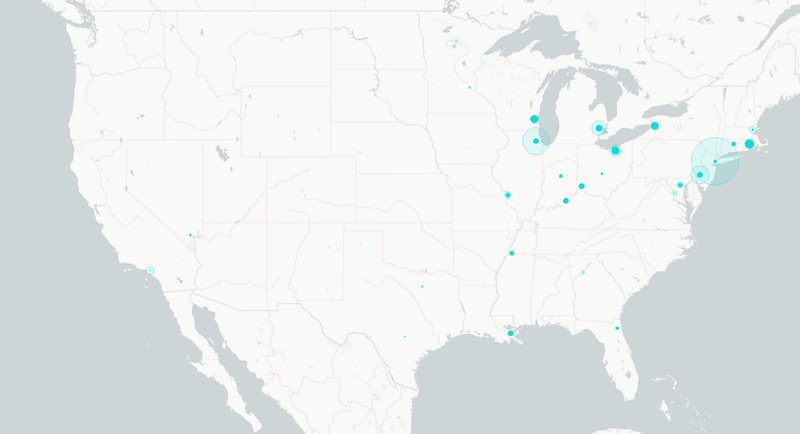
Cluster 2 – Areas in the prosperous urban core of cities with older rental housing, but also recent new development. These areas have seen the loss of lower-income renters, and growing numbers of higher-income renters indicate displacement pressures and increasing exclusivity. Most frequently found in economically dynamic and larger metro areas. The MSAs with the largest share of low- and moderate-income renters in Cluster 2 include cities such as San Francisco, San Jose, Boston, Seattle, New York City, and Washington, DC.

Cluster 3 – Areas with moderate levels of renter households, but an older rental housing stock and limited new construction. This limited new development paired with increased demand from higher-income renters leads to challenging affordability conditions. These areas are most frequently found in suburbs of larger, more "mature" metro areas. The MSAs with the largest share of low- and moderate-income renters in Cluter 3 include cities such as Miami, Los Angeles, San Jose, New York City, and San Francisco.
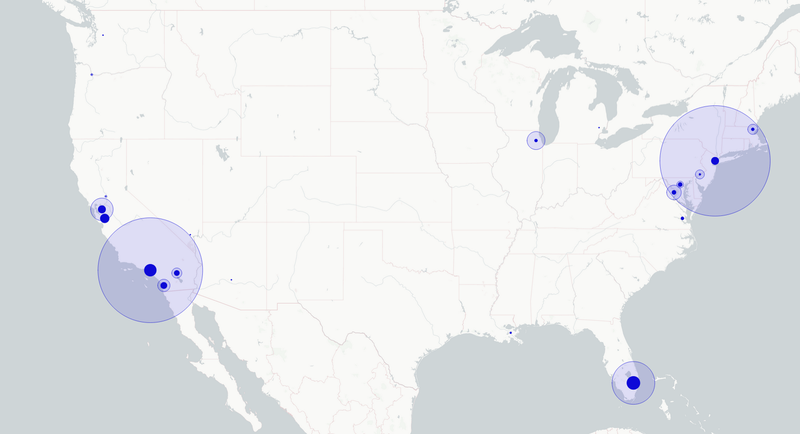
Cluster 4 – Generally affordable rental markets with moderate levels of renter households. In contrast to Cluster 3, these areas have less older housing and have seen new growth in rental housing development. Despite their relative affordability, these areas have seen also rapidly deteriorating affordability conditions. They are often found as part of the urban core of smaller, growing metros or suburban areas in larger, more established metros. The MSAs with the largest share of low- and moderate-income renters in Cluster 4 include cities such as Salt Lake City, Nashville, Portland, Sacramento, Houston, and Dallas.
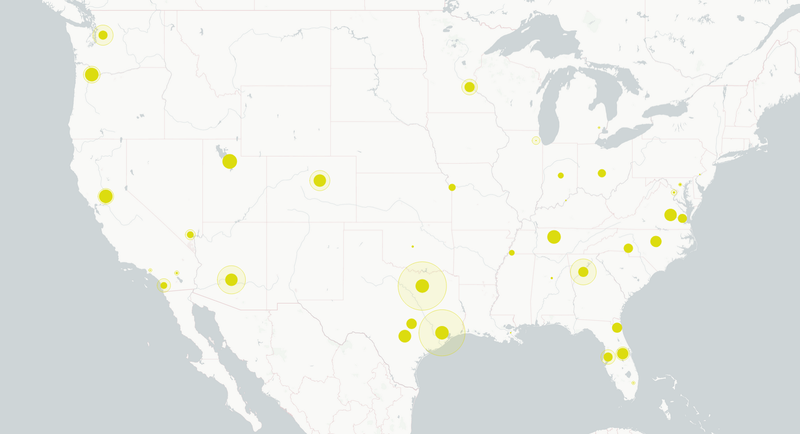
Cluster 5 – These areas have low levels of renter households and limited rental housing, particularly affordable rental options. They are most frequently found in the suburbs of most metro areas. The MSAs with the largest share of low- and moderate-income renters in Cluter 5 include cities such as Las Vegas, Washington DC, Austin, Charlotte, and Atlanta.

Cluster 6 – Similar to Cluster 5, these areas are low-density suburbs with limited rental options, but in contrast to Cluster 5, they are generally affordable. Communities in Cluster 6 are typically found in the suburban fringe of most metro areas.

Visit the full project page to explore these market typologies in more detail and learn more about affordable housing preservation strategies from different parts of the county that are responsive to these different market contexts.
